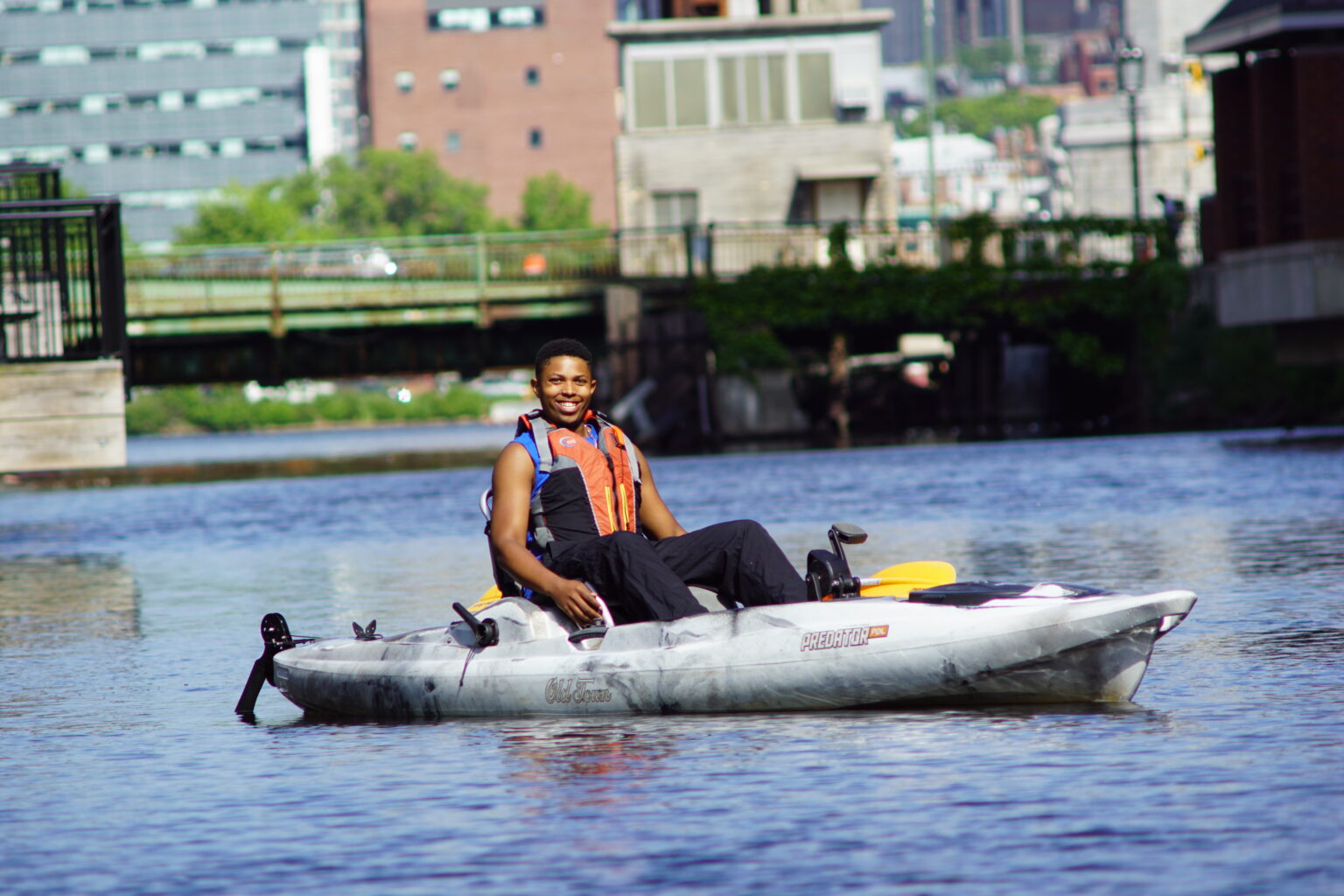If given the chance to live anywhere, most people would choose somewhere that feels healthy. Right? Somewhere with fresh, clean air, perfectly temperate weather, lots of wide, clearly marked space to walk, run, bike, and roller skate, and fresh, nourishing food in abundance. Throw in a community garden that has, like, babbling brook in the middle and affordable home prices and you’re pretty much set.
Achieving this health-filled utopia is… complicated, and doubly so when you live in a city. But health isn’t impossible when you live in a big city—in fact, some places facilitate it. We evaluated dozens across the United States to find the 25 places that make it easiest to be healthy. Here’s how the healthiest city in the U.S. stacks up.
The Healthiest City in the United States… Cambridge, Massachusetts
Our take: Come for the college, stay for the steps
For a healthy snack, try: Life Alive Organic Cafe
For a workout, try: VIM Fitness
No need to worry about closing all your Apple Watch rings if you live in Cambridge, Massachusetts. With a bikeability score of 96 and walkability score of 90—which is actually a smidge higher than fabled “I’m walkin’ here” capital New York City—residents can get almost anywhere on foot or two wheels. Beyond walking and cycling, Cambridge offers lots of opportunities for people to move, with dozens of athletic fields, sports leagues for kids and adults, a fully accessible sports center, and a golf course and community pool. The city’s public health department makes it easy to find information about vaccines, from COVID-19 to the flu, and provides free clinics for everyone interested in getting vaccinated. It also provides mini-grants to local businesses to create activities that promote healthy eating and active living, like a city bike give-back program and community garden projects.
Food-wise, residents can shop at plenty of farmers markets that sell local and seasonal produce, meat, seafood, and snacks, including one that’s open year-round. (Yes, even in those Northeast winters. Just be sure to bundle up and buy a hot drink if you go.) The farmers markets are there for everyone, too. All accept SNAP/EBT as payment and allow you to double their value when you buy healthy items.
How Did We Pick the Healthiest Cities in the United States?
We started with a list of 75 cities—the most populated in every state, plus several others that are well known, made the cut for other healthy city roundups in other publications, or are known in some way as a health and wellness spot. Then, we scored each city across the different factors that make up our wellness framework, or what we consider the building blocks of health: movement, nutrition, rest, and physical and mental care.
Here’s a deeper look at each component.
Movement
Moving your body is one of the most meaningful ways to stay well, and movement is a lot easier if you aren’t bound to a car to get where you need to go. We took a look at each city’s Walk Score and Bike Score to see if it’s the kind of place where residents can walk or bike most places, or if it’s necessary to take a drive for every errand. We also considered accessibility by looking into whether each city makes it possible for people with disabilities to get around (such as complying with ADA’s sidewalk width and texture rules).
Additionally, we looked at the range of fitness gyms and studios in each city, and if it appealed to a wide range of people. (Some people do best with a community center gym; others need a Barry’s.) Cities got bonus points for regularly offering free workout classes or resources.
Nutrition
Access to fresh, nutritious food is a must for any healthy city. We scanned the grocery store offerings in each city to ensure it has a sufficient number compared to the city’s population. Part of this involved checking for national healthy food standbys, like Whole Foods and Trader Joe’s, as well as international grocery stores and indie health food spots.
Simply having healthy options isn’t enough, though. We also checked whether each city provides clear, actionable information about how to access SNAP, EBT, WIC, or other food assistance programs on its website.
Finally, we looked into farmers markets—the best place to get fresh, local produce and some good-for-the-soul buttery, sugary treats—and how many you can expect to find in each city, when they’re open, and what kind of food and services residents can expect to find. The best farmers markets make it easy to use food assistance, and some even provide incentives like doubling its value if it’s used to buy healthy food. Cities with farmers markets that provide affordable options for everyone got extra points, and we highlight them where possible.
Rest
Sleeping and relaxing is an oft-overlooked component of health—and not always that easy in a city. To evaluate rest, we checked to see if a city is known to have bad noise pollution or noise late at night and at each city’s median rent for a one-bedroom apartment. (It’s easier to sleep soundly in a place you can call your own.)
We also looked at each city’s access to parks, using Parkscore and the city’s reporting about its public lands. Being in a green space in the midst of an urban area can help reduce stress and increase “perceived pleasantness.” If you want to relax amidst the hustle and bustle of city life, being able to dip into some kind of park is pretty essential.
Physical and Mental Care
Access to great physicians, mental health professionals, and hospitals is a must for—well, pretty much everyone. We looked at how many hospitals are in (or close to) each city, how mortality rates compare to other hospitals nationwide, and whether the city is a hub for or nearby any notable, top-ranked healthcare systems. We looked into other factors that can affect mental and physical health, such as air quality and obesity, smoking, vaccination rates, and excessive drinking rates.
Another factor we considered is the percentage of the city’s population with health insurance. (Lacking insurance negatively affects health, as uninsured adults are less likely to seek out medical care.) We also checked if cities have free clinics that provide preventative and mental health services to people who do not have health insurance.
A note on health and cities:
In some ways, this list indicates what a lot of us already know: Living in a healthy place is a privilege. Cities with great health resources tend to be expensive, with a high cost of living and high median income to match.
This is relevant because people with high incomes are less likely to experience obesity, bear the burden of commercial tobacco, be uninsured, and experience disease and premature death. There’s also a link between wealth inequality and race. On the whole, Black and Latino families earn approximately half as much as White families and have about 15% to 20% as much net wealth. Because of this, cities with high minority populations—particularly Black communities—tend to be excluded from lists like this.
One can quibble about the necessity of, say, an Equinox in every community, but everyone deserves clean air, potable drinking water, access to fresh fruit and vegetables, decent medical facilities, and space to move around. That this is limited to places where a lot of the people who live there can afford an Equinox membership is a problem—and explains why, for much of the country, health can be an uphill battle.
It’s also worth noting that a city being on this list doesn’t mean that everyone who lives there is healthy, nor does it mean that someone can’t be healthy somewhere else. Consider this a ranking of resources and statistics—not a personal judgment.
Big thanks to The Nessie for being a guest contributor on CambridgeUSA.org!



